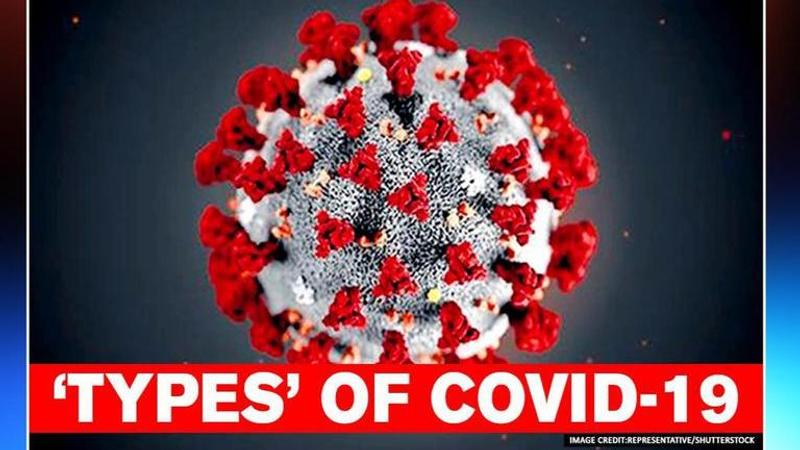Published 11:49 IST, July 19th 2020
Scientists identify six 'types' of symptom clusters in coronavirus patients
A recent research revealed that there are six ‘types’ of COVID-19 and each is distinguished by a particular cluster of symptoms in patients.

Recent research led by scientists from King’s College London, UK, revealed that there are six ‘types’ of COVID-19 and each is distinguished by a particular cluster of symptoms in patients. According to the study published in ‘medRxiv’, the researchers used a machine-learning algorithm in a bid to analyse data of around 1,600 users in the US and the UK with confirmed cases of coronavirus, who had logged their symptoms using the app in March and April. The scientists believe that the recent findings have major implications for the clinical management of COVID-19 patients.
Claire Steves, a co-author of the study from King's College London, said, “These findings have important implications for care and monitoring of people who are most vulnerable to severe COVID-19”.
With the help of the data, the scientists analysed that if particular symptoms appeared together and how they were related to the progression of the disease. The researchers noted that the patient symptoms can fall under on the six following categories, including ‘flu-like’ with no fever, 'flu-like' with fever, gastrointestinal, severe level one with fatigue, severe level two with confusion, and severe level three accompanied by abdominal and respiratory pain.
‘Types’ of COVID-19
As per the study, the researchers explained that in the ‘flu-like’ with no fever category, the COVID-19 patients also experienced other symptoms including loss of smell, muscle pains, cough, sore throat, chest pain, but no fever. In the second category, the researchers said that the patients had a headache, loss of smell, cough, sore throat, hoarseness, fever and loss of appetite. In the third category, which is gastrointestinal, the virus-infected patients had a combination of headache, loss of smell, loss of appetite, diarrhoea, sore throat, chest pain, but no cough.
Under the ‘severe level one with fatigue’, the scientists said that patients complained about a loss of smell, cough, headache, fever, hoarseness, chest pain, and fatigue. In the fifth category, that is the ‘level two of severity’ the patients expressed similar aforementioned symptoms with the addition of loss of appetite, sore throat, confusion and muscle pain. Last but not the least, the sixth category, which is the most severe, the researchers noted that the patients had experienced headache, loss of smell, loss of appetite, cough, fever, hoarseness, sore throat, chest pain, fatigue, confusion, muscle pain, shortness of breath, diarrhoea, and abdominal pain.
While the COVID-19 patients mostly experienced varying combinations of additional symptoms at various times with headache and loss of smell, the researchers noted that some symptoms such as confusion, abdominal pain and shortness of breath, are not widely known as coronavirus symptoms, however, they said that the symptoms are hallmarks of the most severe forms of the disease.
According to the study, the scientists analysed that people with cluster four, five or six symptoms tended to be older and frailer and most likely also overweight. The researchers said that these patients had pre-existing conditions such as diabetes or lung disease than those in the other types. Further, they noted that nearly half of the patients in cluster six ended up in the hospital, compared with just 16 per cent of those in cluster one.
(Inputs: PTI)
Updated 11:49 IST, July 19th 2020




